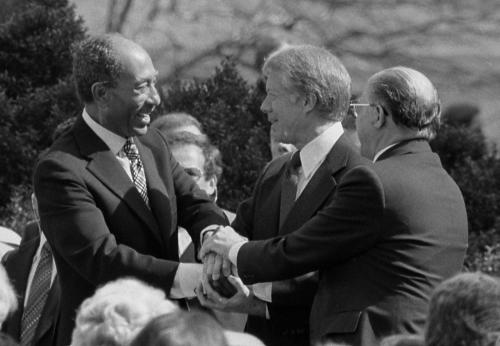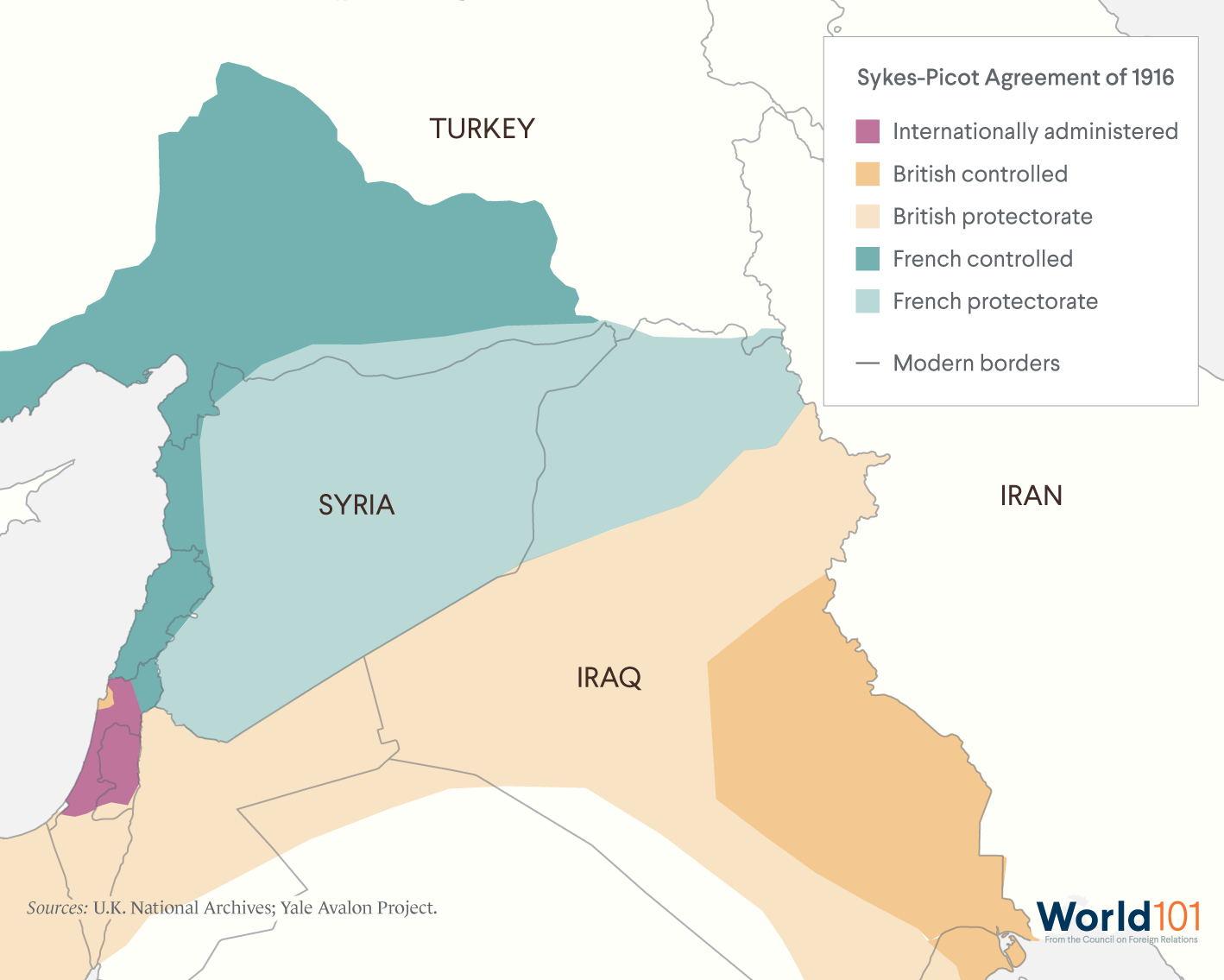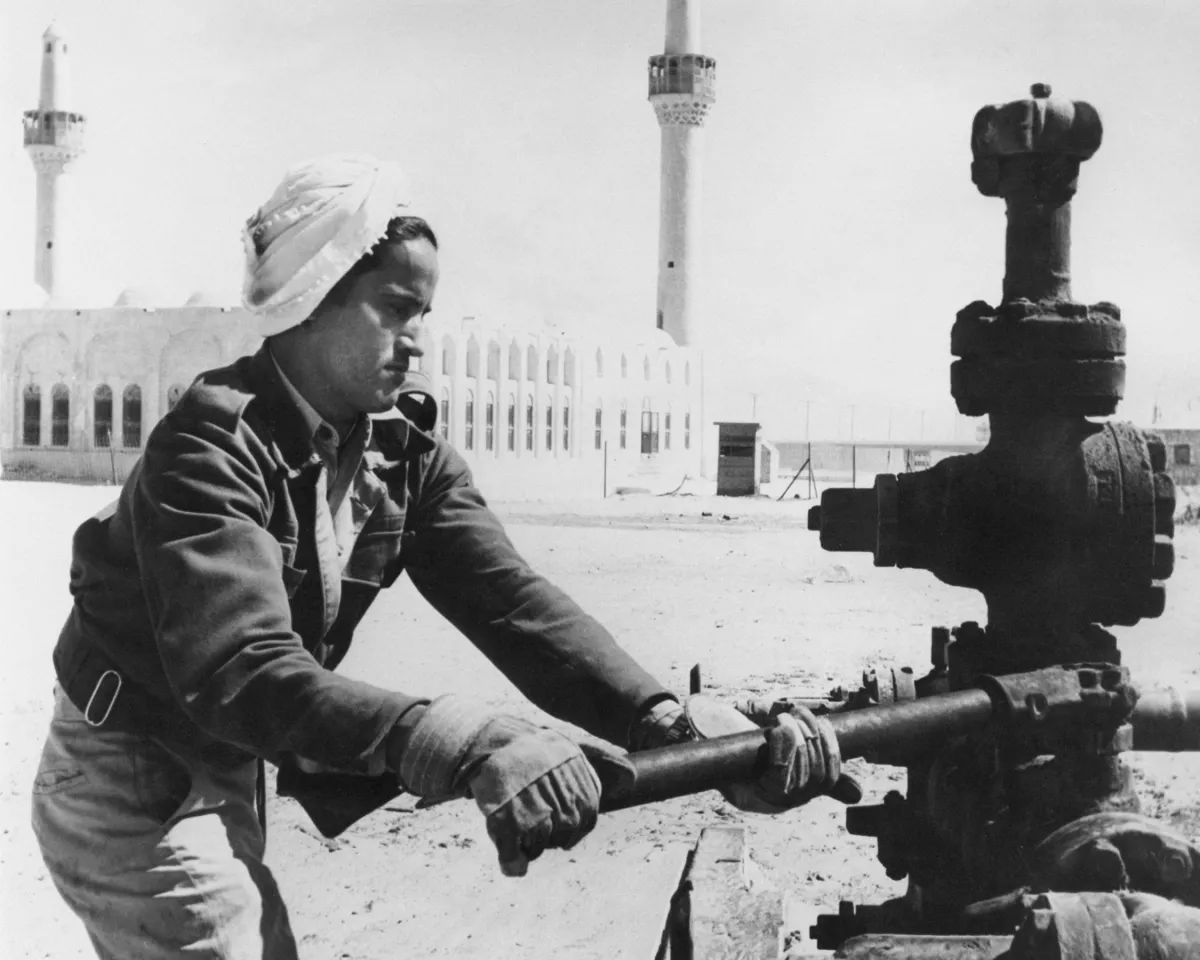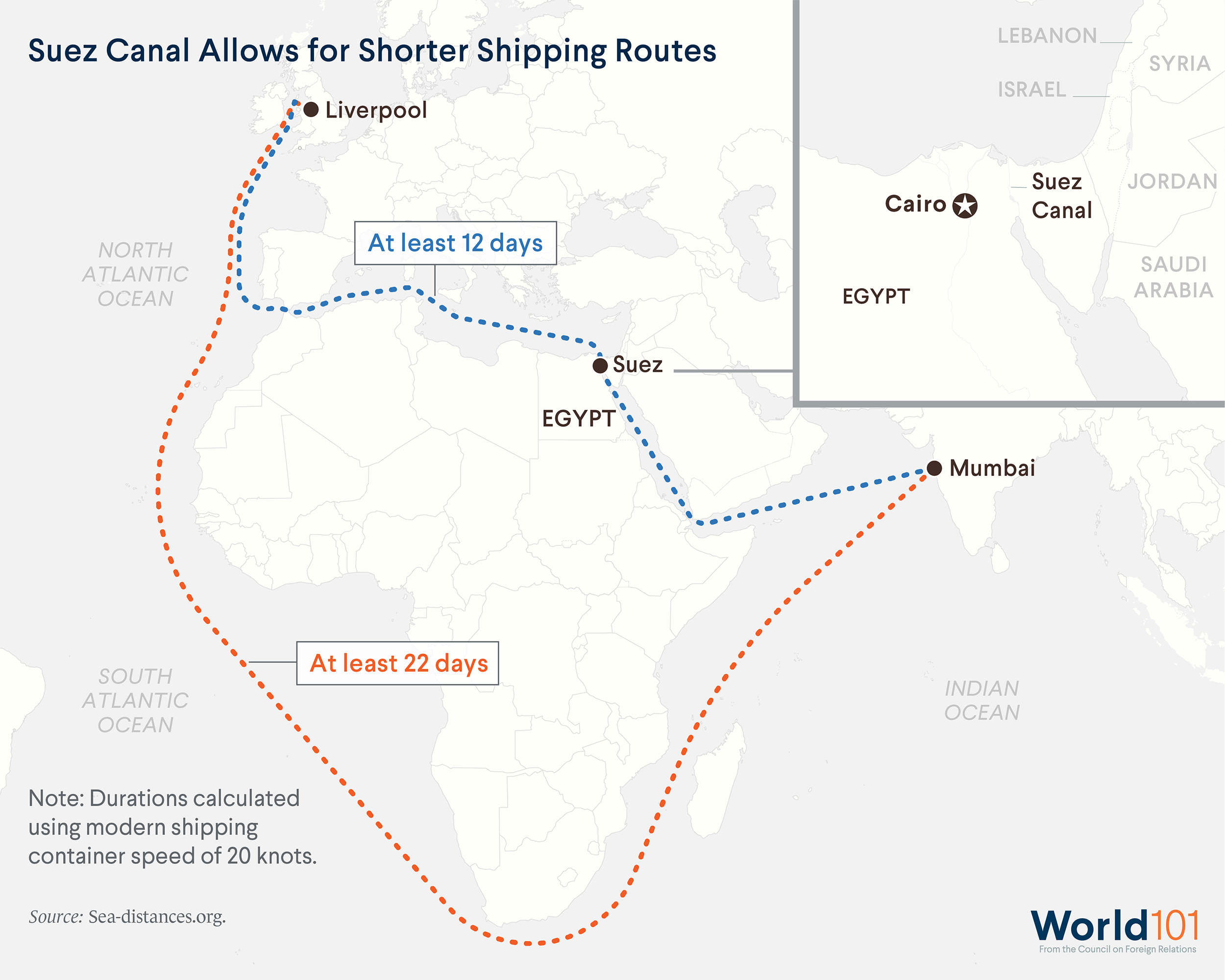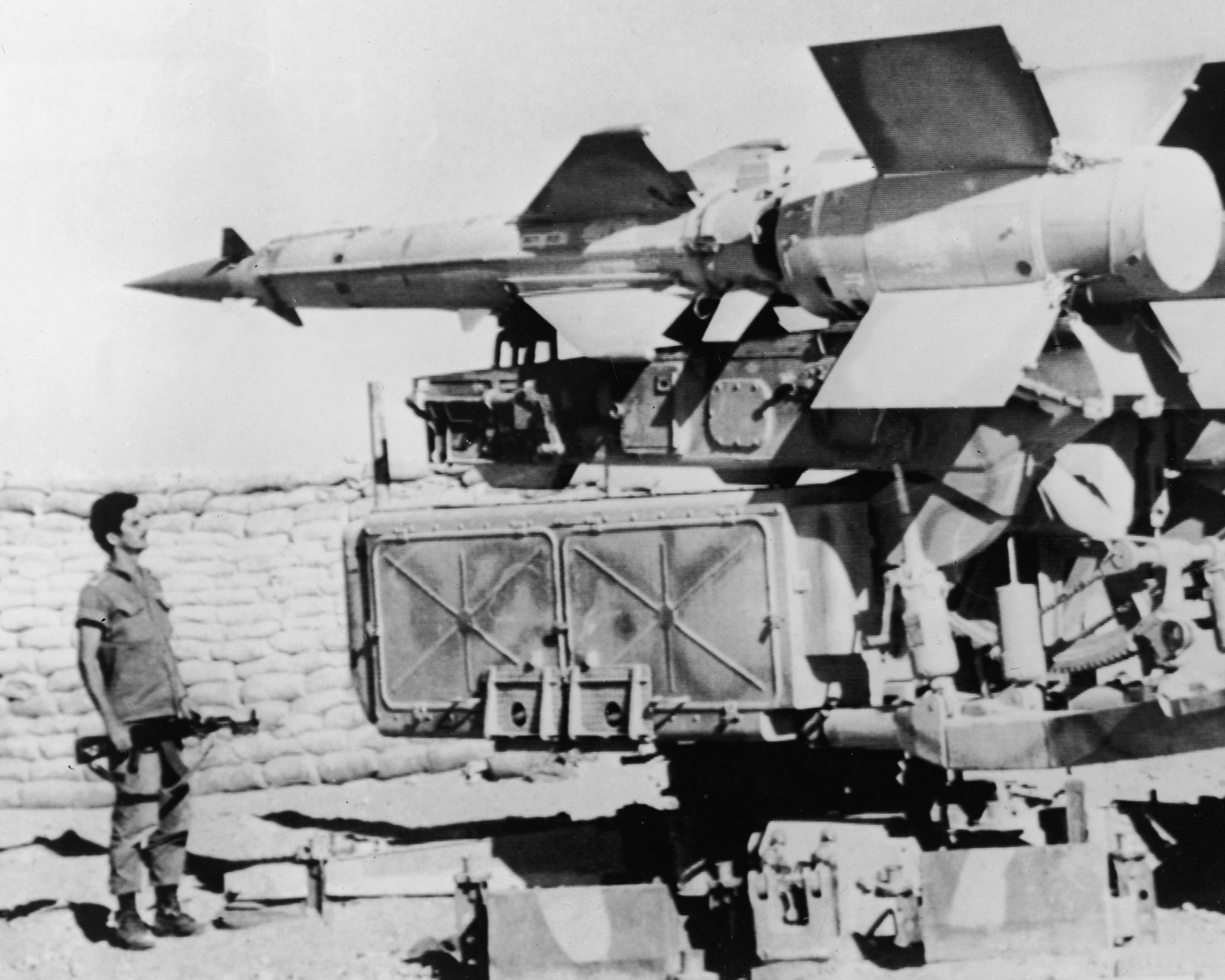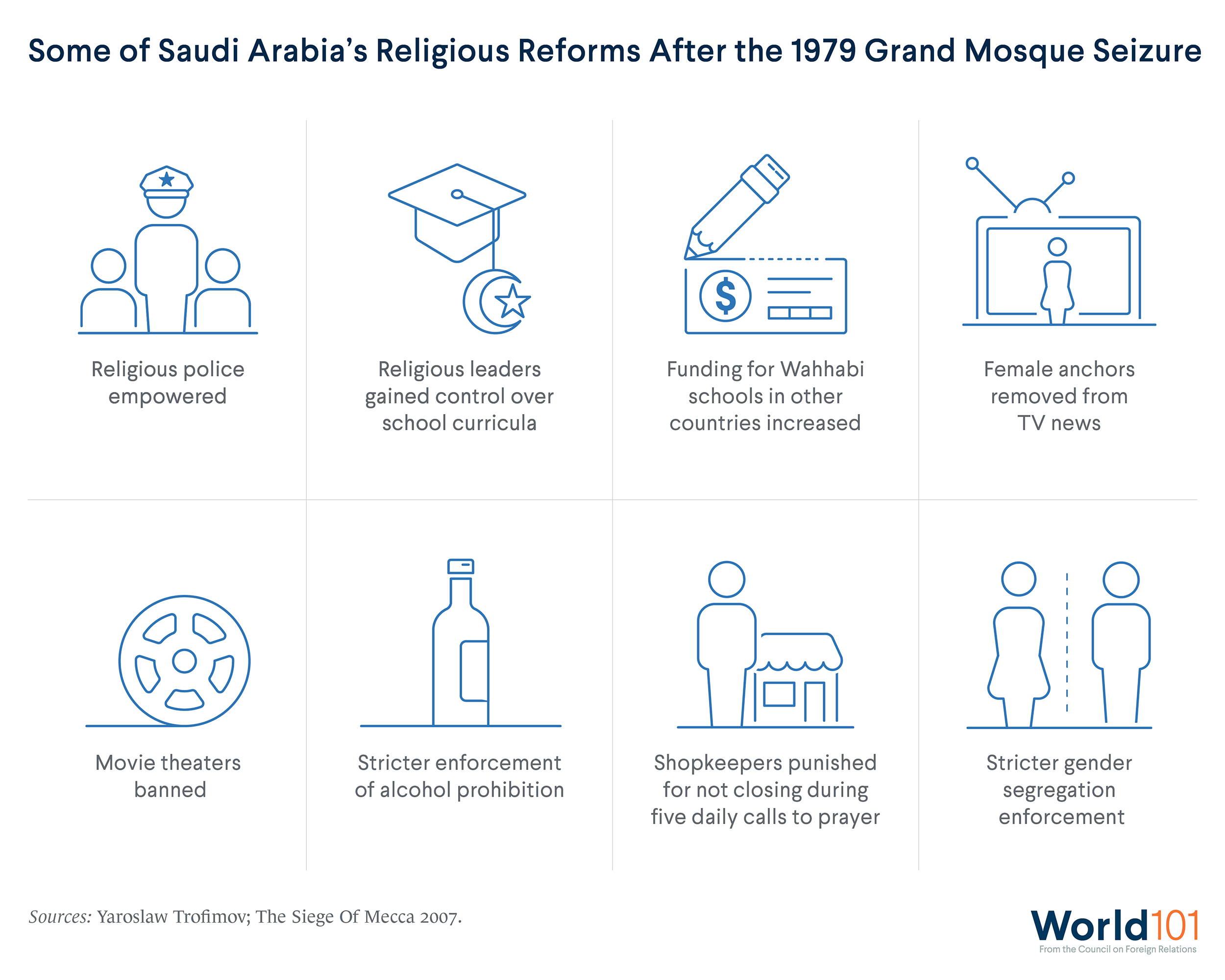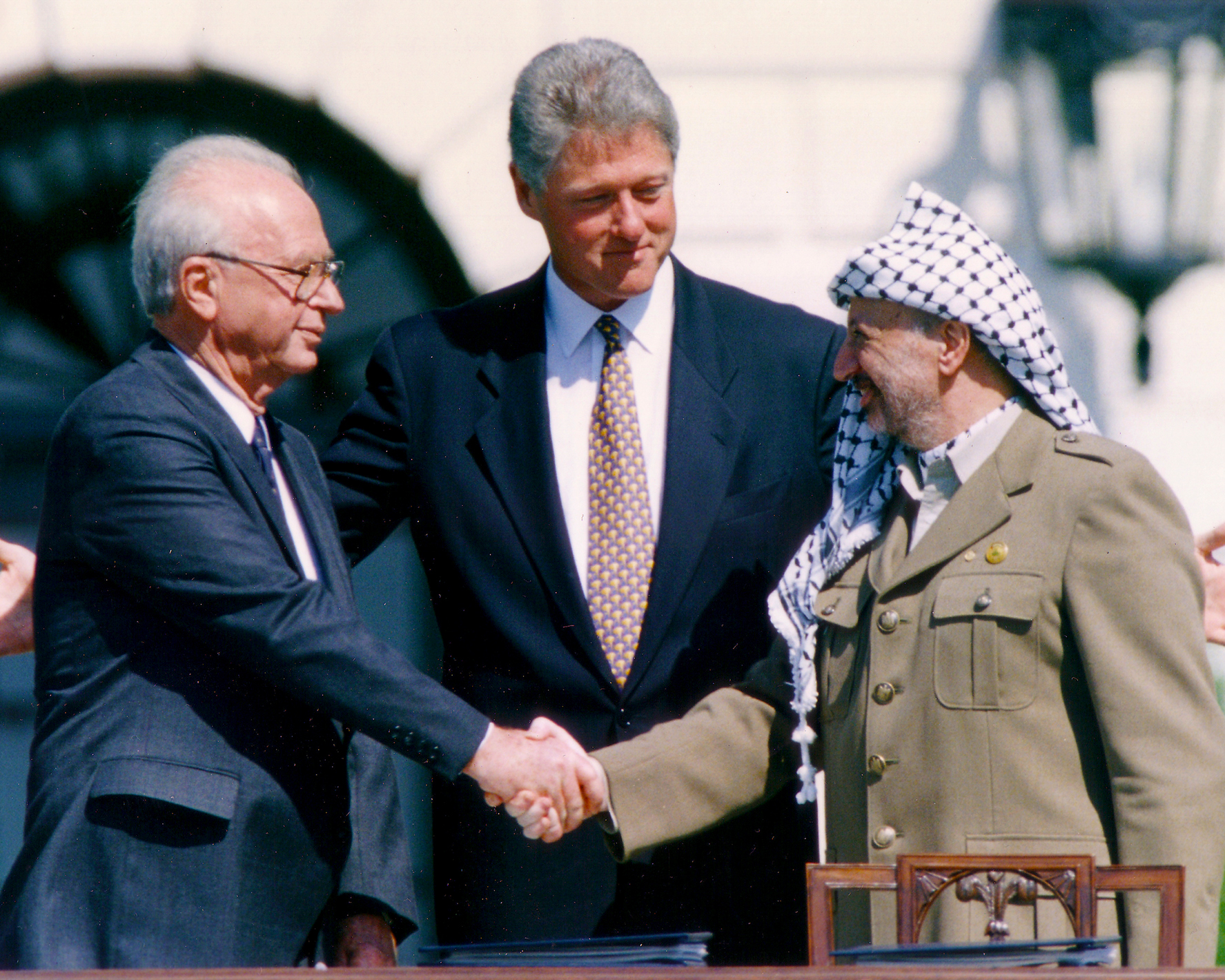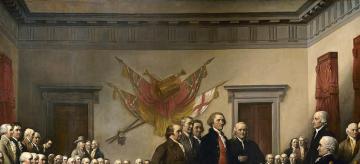Modern History: Middle East & North Africa
The Middle East was once home to great civilizations that made groundbreaking advances in astronomy, mathematics, and philosophy.
The Middle East was once home to great civilizations that made groundbreaking advances in astronomy, mathematics, and philosophy. By the twelfth century, Muslim empires controlled territory spanning from modern-day Iran to Spain, and capital cities like Baghdad and Córdoba became centers of learning where scholars translated Aristotle and invented algebra. During the thirteenth century, an ethnically Turkish tribe began a campaign of conquests that gave rise to the Ottoman Empire, which would bring almost the entire Middle East—and territory as far as the gates of Vienna—under its control for centuries. The Middle East’s modern borders began to take shape in the early twentieth century after the Ottoman Empire collapsed. While the once-mighty empires no longer rule over the region, competition over land, oil, and power continues to define the Middle East’s modern history.
Britain, France Draw Borders of Modern Middle East
For hundreds of years, the Ottoman Empire controlled much of the modern Middle East from its capital, Constantinople (now Istanbul). This powerful empire, however, collapsed after the Ottomans fought on the losing side of World War I. Beginning with the Sykes-Picot Agreement in 1916 and continuing through a series of later treaties, the British and French, victors in World War I, carved up Ottoman lands and incorporated those areas into their respective empires. They drew borders in the Middle East that supported their own goals—such as access to trade routes—with little regard for those living in the region. The modern borders of Iraq, Israel, Jordan, Lebanon, Palestine, Syria, and Turkey remain largely the same as those the British and French drew a century ago, to this day dividing people with common histories and shared identities and combining diverse ethnic and religious groups to create states with fragile national identities.
Oil and Religion Fuel Rise of Saudi Arabia
The Arabian Peninsula is the birthplace of Islam, the home of the religion’s two holiest cities (Mecca and Medina), and the site of the first Muslim empire. But as subsequent empires moved their capitals to Mediterranean cities, the Arabian Peninsula fell from political prominence. Once-great regional powers were succeeded by competing nomadic tribes until one leader, Abdul Aziz Ibn Saud, conquered the region and established the Kingdom of Saudi Arabia in 1932. Ibn Saud owed much of his rise to power to military and political support from the fundamentalist Wahhabi movement, which follows a strict interpretation of Islam’s teachings and laws. The alliance between the Saud family and Wahhabi clerics continues to this day, with religion playing a powerful role in Saudi politics. The king draws his legitimacy from his recognized religious title as the custodian of the two holy mosques of Mecca and Medina. Moreover, Saudi Arabia’s discovery of oil in 1938—just six years after its founding—would provide the young country with valuable resources and, consequently, power for decades to come.
Zionist Movement Builds Momentum for Jewish Homeland
The idea of a Jewish homeland dates back to the Old Testament. But it was in the nineteenth century, as nationalism swept across Europe, that Zionism—the modern national movement to establish a Jewish state in their biblical homeland—gained momentum, driven by the increasing persecution of Jews across Europe. Zionism’s breakthrough came in 1917 when the British announced their support of a home for the Jewish people in Palestine. While the British controlled Palestine (1917–48), Zionists facilitated Jewish immigration to the area and bought local property, sparking tensions with Arabs who lived there and competed for limited farmland. Disagreements over land, the future of Palestine, and a shared belief that the British could not be honest brokers led to violence. Riots and strikes eventually escalated to a revolt in the late 1930s that left the economy in tatters and three thousand Arabs, two thousand Jews, and six hundred British dead. Unconvinced that they could continue ruling Palestine, many British leaders concluded that it needed to be partitioned into separate Jewish and Arab countries.
Israeli Independence, Palestinian Displacement Follow UN Partition Plan
Following World War II and the horrors of the Holocaust, Jewish leaders in British-ruled Palestine pushed for the establishment of a Jewish state, resorting to violence against the British when independence was not immediately granted. To address this upheaval, the United Nations announced in 1947 that Palestine would be partitioned into separate Jewish and Arab countries. Jewish leaders declared Israel’s independence upon Britain’s withdrawal in May 1948. Arabs, however, rejected the UN partition plan, which—in their view—seized their ancestral lands. Neighboring Arab countries invaded Israel to defend the Palestinian Arabs but were ultimately defeated. While Israelis refer to this conflict as their War of Independence, Arabs know it as the nakba (Arabic for “catastrophe”), since it caused hundreds of thousands of Palestinians to flee their homes and resulted in even further loss of land. In the ensuing decades, only five Arab countries (Bahrain, Egypt, Jordan, Sudan, and the United Arab Emirates) and the Palestinian government established formal diplomatic relations with Israel and officially recognized it as an independent country. However, in recent years, the common threat that Israel and Arab states feel from Iran has led more countries to begin a process of normalizing relations.
The Long, Bloody Road to Independence in North Africa
North African countries gained independence in the 1950s and 1960s following decades of European colonization. Italy controlled Libya from 1911 to 1947, during which colonial troops employed chemical weapons against local resistance movements and imprisoned their members in concentration camps. Libya finally gained independence in 1951 following Italy’s defeat in World War II. Spain controlled colonies in parts of modern-day Morocco until relinquishing most territory in 1956 and 1958, the latter following a brief—but deadly—war with Moroccan insurgents. Spain still governs two port cities in North Africa to this day. France controlled modern-day Tunisia and most of Morocco until 1956. Its most-valued colony, however, was Algeria, which it had invaded in the nineteenth century. Hundreds of thousands of French people settled in and ruled Algeria, confiscating land and depriving Algerians of rights, often violently. Opposition to colonization erupted in 1954 in the Algerian War of Independence, leaving hundreds of thousands dead and millions more displaced. The war ended in 1962 with an independent Algeria, and served one of the final blows to the French colonial empire.
Suez Crisis Reshapes Balance of Power in Middle East
In the early twentieth century, Britain and France controlled large swaths of the Middle East. They also jointly managed the Suez Canal, the crucial waterway in Egypt connecting the Mediterranean Sea to the Indian Ocean. But in 1956, Egypt’s charismatic leader, the anti-imperialist Gamal Abdel Nasser, announced his country would take over (“nationalize”) the canal. In response, Britain and France—along with Israel, which viewed Nasser as a potentially powerful enemy—invaded Egypt. The United States, however, strongly opposed the invasion, worrying it would push Egypt closer to the Soviet Union and jeopardize U.S. Cold War strategy around the world. President Dwight D. Eisenhower forced their withdrawal from Egypt by threatening to cut financial aid to the struggling British economy and expel Britain and France from NATO. A ceasefire soon followed, but the conflict changed the balance of power in the Middle East. Israel became even more alienated from its Arab neighbors, and Egypt became a leader in the Arab world for resisting the invading forces. Britain and France lost the canal and much of their remaining influence in the region. In their place, the United States emerged as the Middle East’s preeminent foreign actor.
Six Day War Redefines Region’s Balance of Power
As a small country surrounded by hostile neighbors, Israel has worried about its security since its founding. By 1967, Israel had already fought two wars (over independence in 1948 and against Egypt in 1956), and Israelis feared that a third conflict was imminent. Egypt’s then President Gamal Abdel Nasser repeatedly promised to avenge displaced Palestinians and was parading troops and tanks through the streets of Cairo. In response, Israel launched a preemptive attack against its Arab neighbors on June 5, 1967. These strikes destroyed the air forces of Egypt, Jordan, and Syria, paving the way for rapid Israeli ground advances. By June 10, the land Israel controlled had tripled in size, as it took over Egypt’s Sinai Peninsula to the banks of the Suez Canal, Syria’s Golan Heights, and the territories of East Jerusalem, the Gaza Strip, and the West Bank. Known as the Six Day War, this conflict redrew borders within the Middle East, established Israel as the region’s dominant military power, dealt a devastating blow to Arab armies, and exacerbated the numbers and plight of Palestinian refugees.
Cold War Rivalry Plays Out in 1973 Arab-Israeli War
In October 1973, Egypt and Syria prepared to attack Israel once again, this time in a bid to reclaim territory lost during the Six Day War. The Arab armies surprised Israel by invading on Yom Kippur, the holiest Jewish day, when many Israeli soldiers were fasting and radio and television stations were off the air. Though the Soviet-armed Arab coalition initially breached Israel’s border defenses, Israel eventually managed to counter the Egyptian and Syrian armies—even coming within striking distance of Cairo and Damascus. The United States assisted Israel by airlifting it emergency military supplies, pushing for it to defeat the Soviet-backed Arab countries at the height of the Cold War. In response, the Arab-dominated Organization of the Petroleum Exporting Countries (OPEC) suspended oil shipments to the United States in an attempt to pressure the Americans to halt their support of Israel. The Soviet Union, meanwhile, threatened to introduce nuclear weapons into the conflict. With fighting reaching a fever pitch, the two Cold War superpowers resolved to de-escalate the situation, and a ceasefire was negotiated after sixteen days of intense combat. In the following years, the United States continued its diplomatic efforts, which eventually resulted in the Egypt-Israel Peace Treaty in 1979 and Israel’s withdrawal from all the Egyptian territory it had occupied after the Six Day War.
Iran’s Transition From Western-Backed Monarchy to Islamic Republic
Two successive monarchs, a father-son dynasty known as the Pahlavis, ruled Iran from 1925 to 1979. The Pahlavis were modernizers who promoted industrialization and women’s rights. They were also unelected strongmen who violently suppressed political dissent and delivered valuable oil rights to the United States and Britain in exchange for weapons and political support. The CIA even backed a 1953 coup in Iran that overthrew a democratically elected prime minister in order to keep the Western-friendly monarchy in power. The Pahlavis remained deeply unpopular in much of Iran, and public discontent boiled over into mass protests beginning in 1977. Ultimately, the younger Pahlavi was ousted as shah (or king) in 1979, enabling the rise of the formerly exiled cleric: Ayatollah Ruhollah Khomeini. Under Khomeini, Iran transformed from a secular, Western-backed monarchy into a deeply anti-Western theocracy—an Islamic republic that conservative clerics governed with near-absolute power. This new Iran sought to extend its revolution and influence to the Middle Eastern heartland, and its government supported politicians and armed groups that followed its sect of Islam (Shiism), often frustrating many of Iran’s Arab and Sunni neighbors.
Grand Mosque Seizure Reshapes Saudi Arabia’s Religious Identity
Just months after Iran’s Islamic Revolution, a second shock transformed the Muslim world—this time in highly conservative Saudi Arabia. In November 1979, a bedouin preacher and hundreds of his followers stormed the Grand Mosque of Mecca, Islam’s holiest site. Saudi Arabia had recently abolished slavery, introduced education for women, and taken other modernizing steps, and the militants condemned this increasing liberalism in public life. By seizing the mosque, they hoped to undermine the government’s legitimacy. Tens of thousands of worshippers were held hostage, but Saudi soldiers refused to enter the mosque, where violence is strictly forbidden by Islam. In response, the Saudi government turned to Wahhabi clerics—the same group who helped bring the Saud family to power in 1932—for help. In exchange for a fatwa (religious ruling) approving the retaking of the mosque, the Saudi government agreed to grant the fundamentalist Wahhabis greater authority over religious life in the country and support for the spreading of their fundamentalist brand of Islam abroad. After a bloody battle to retake the Grand Mosque, the Saudi government rolled back women’s rights, enforced gender segregation in public, gave Wahhabi clerics greater control over state ministries and an empowered religious police force, and funded the export of Wahhabism to Muslim communities across the world, in competition with Iran’s revolutionary message.
The Oslo Accords: The Best Chance for Arab-Israeli Peace
The parties to the Arab-Israeli conflict directly negotiated peace for the first time in the 1990s after decades of war, occupation, and mutual mistrust. This started with the 1991 Madrid Conference. It continued with a set of agreements that emerged beginning in 1993, known as the Oslo Accords, which outlined the initial terms of a process that could lead to a two-state solution, intended to provide lasting Israeli security in exchange for an independent Palestine living in peace with its Israeli neighbor. The accords established a Palestinian Authority in 40 percent of the West Bank and most of Gaza. The agreements did not, however, resolve some of the conflict’s toughest challenges—such as defining borders of a future Palestinian state, reconciling Israeli security with Palestinian sovereignty, addressing the return of Palestinian refugees, or deciding who would control the holy city of Jerusalem. Nevertheless, these negotiations marked the closest Israelis and Palestinians have come yet to achieving peace in their decades-long conflict. Optimism over the deal was short-lived: In 1995, Israeli Prime Minister Yitzhak Rabin was assassinated by a Jewish extremist. In 2000, the Palestinians launched an uprising (the intifada) which dashed hopes for peace. In 2005, Israel withdrew unilaterally from Gaza, and the following year Hamas (an organization committed to the destruction of Israel) was elected to power there. Meanwhile, Israel has continued to occupy the West Bank and expand its settlements, as peace remains elusive.
U.S. Invasion of Iraq Destabilizes Country, Region
West—during his war with neighboring Iran from 1980 to 1988. But after his military invaded Kuwait in 1990 in a bid to seize the country and its oil reserves, the United States successfully led a coalition to expel his forces and restore Kuwait’s independence. In 2003, U.S. troops returned to the Persian Gulf, this time to invade Iraq. The George W. Bush administration argued that Saddam was hiding weapons of mass destruction and would use them to threaten his neighbors. The Iraqi army was quickly defeated in the ensuing war, and Saddam was ultimately captured, put on trial, and executed. But the United States failed to find weapons of mass destruction and to plan for its subsequent occupation of Iraq, resulting in massive civil unrest, the rise of insurgent militias, and deadly conflict that killed over one hundred thousand civilians. The mishandled occupation also created a power vacuum that allowed terrorist groups such as the self-proclaimed Islamic State, also known as ISIS, to gain control of large swaths of the country and for neighboring Iran to enhance its influence over Iraqi decision-making. Terrorist groups and Iran continue to obstruct the development of a stable Iraq and threaten the security of the country and the region.
Arab Spring Challenges Middle East’s Authoritarian Regimes
On December 17, 2010, a Tunisian street vendor named Mohamed Bouazizi set himself on fire in protest of his government’s endemic corruption and abuses of power. His self-immolation struck a chord with young people around Tunisia and the Middle East and, within days, sparked protests across the region as millions demanded political, economic, and social reforms from governments that were chronically unresponsive to their needs. Such shows of civil disobedience had been extremely rare in countries where authoritarian leaders forbade political dissent. The protests (collectively referred to as the Arab Spring) took different trajectories. Tunisia successfully transitioned from authoritarianism to a fragile democracy. Egypt held its first democratic presidential elections in 2012, only to see a counterrevolution return the country to military rule one year later. Today—a decade after the first Arab Spring uprisings—most ruling power structures remain in place, few reforms have actually taken root, and countries such as Libya, Syria, and Yemen have descended into civil war. Nevertheless, new protests broke out in 2019 in Algeria, Iraq, Lebanon, and Sudan, countries that had been quiescent during the original Arab Spring.
